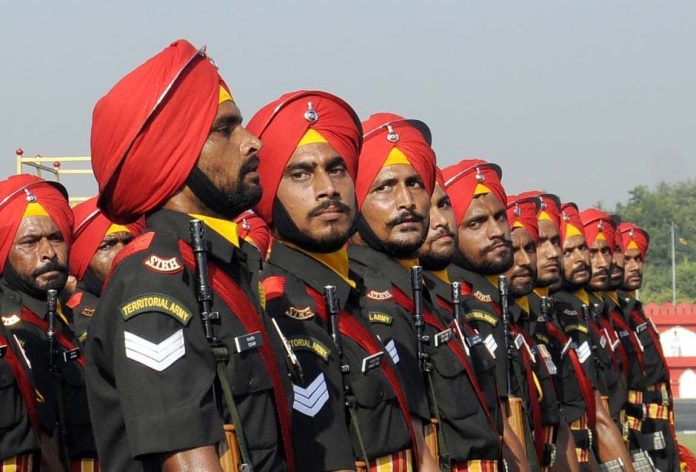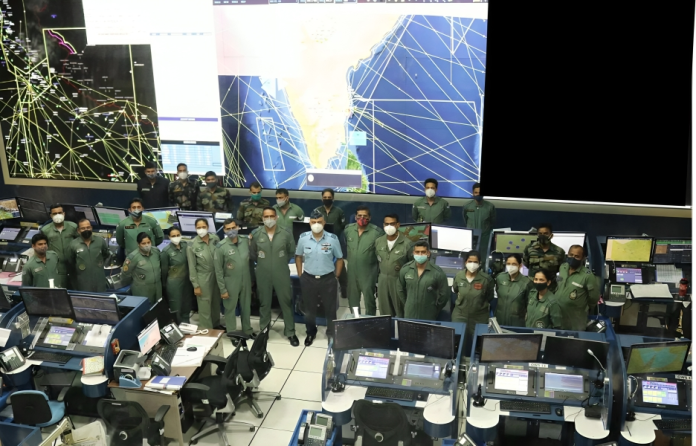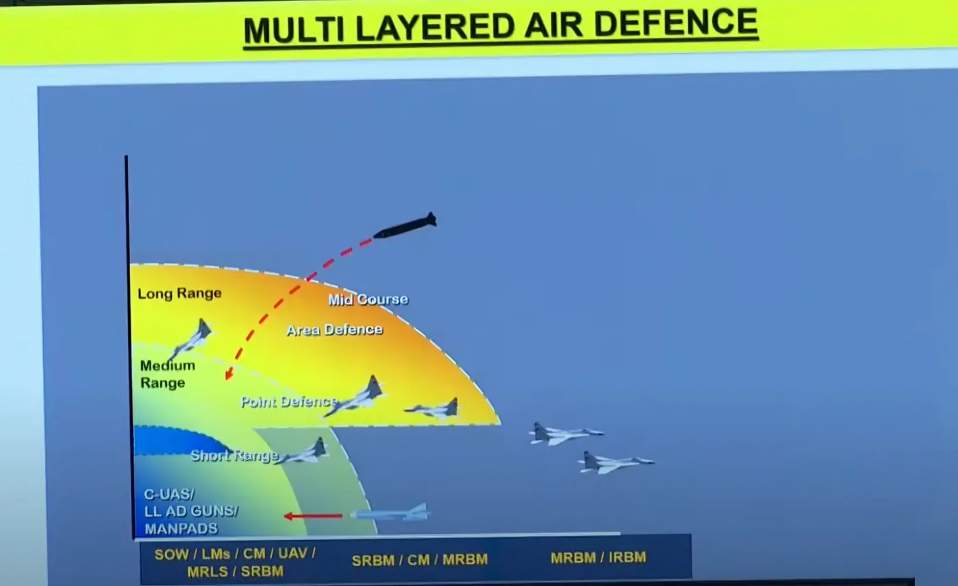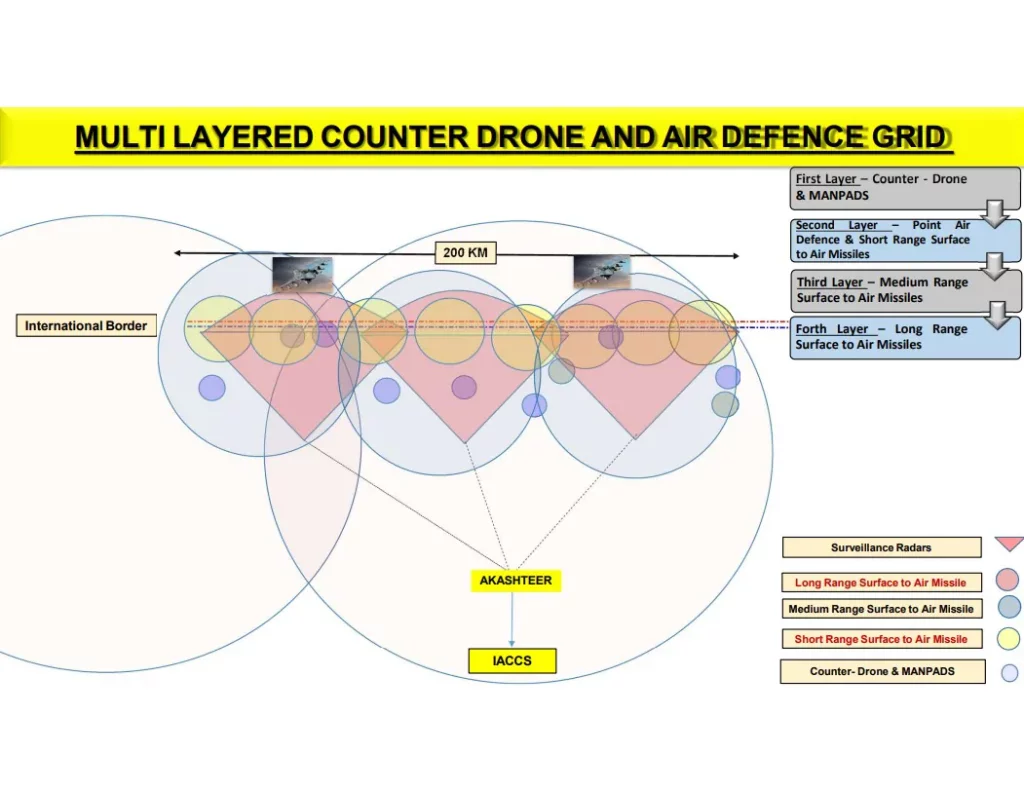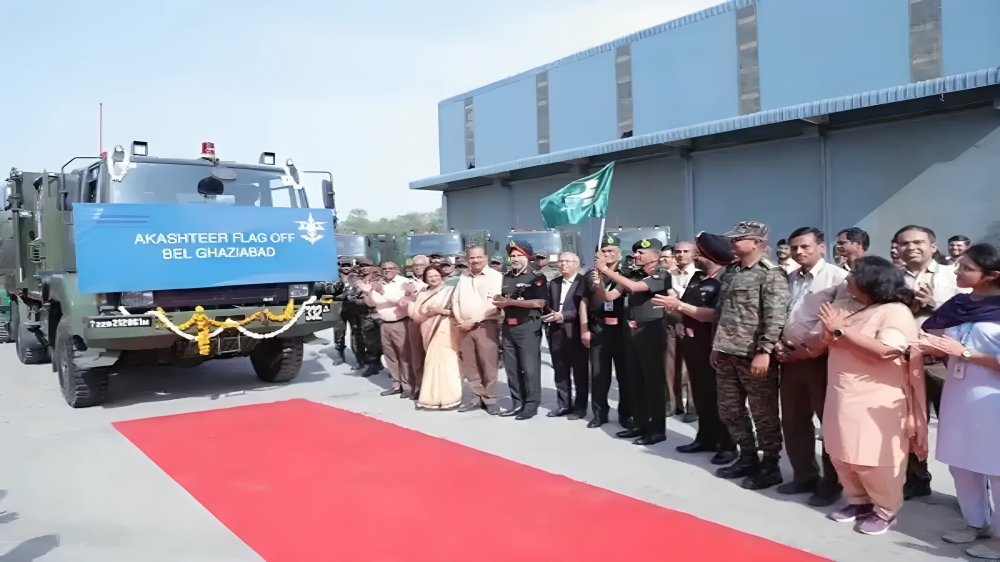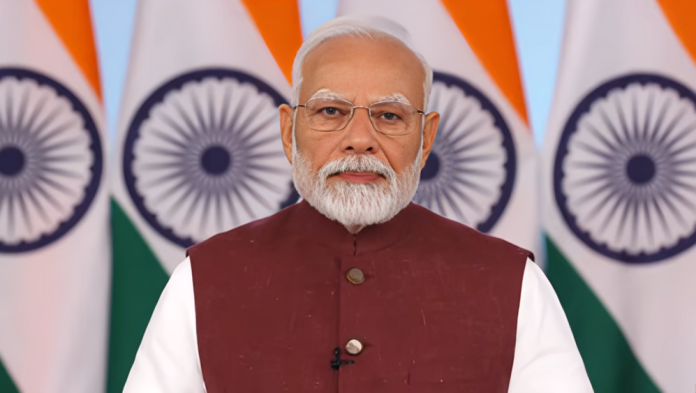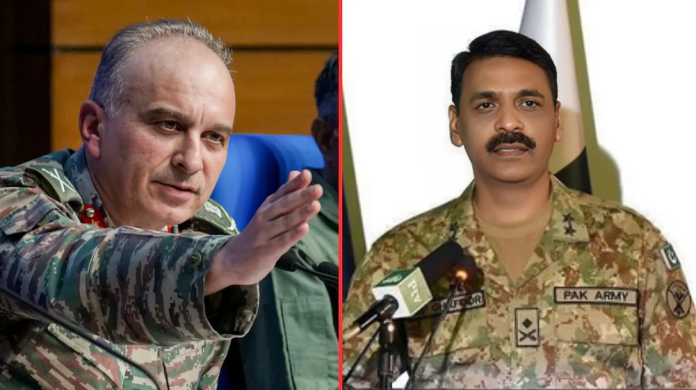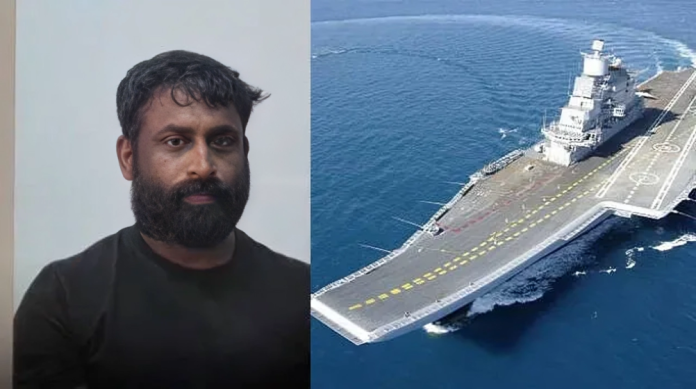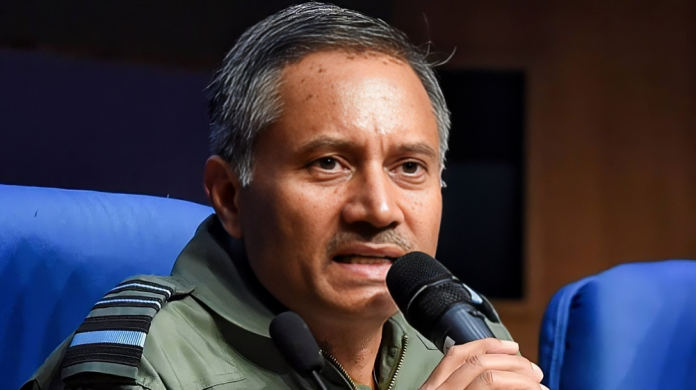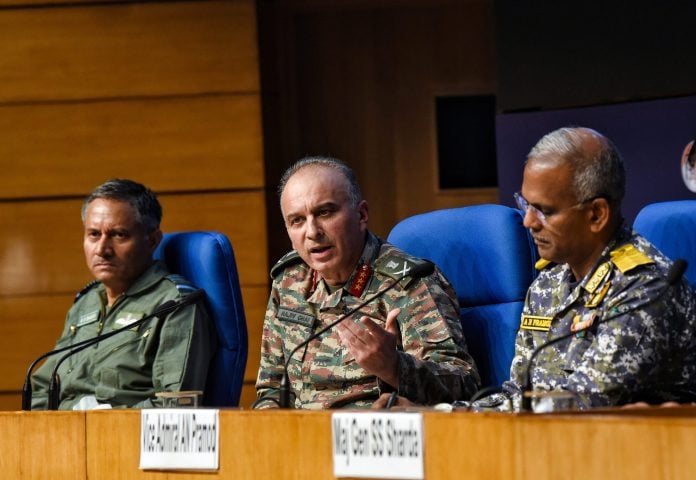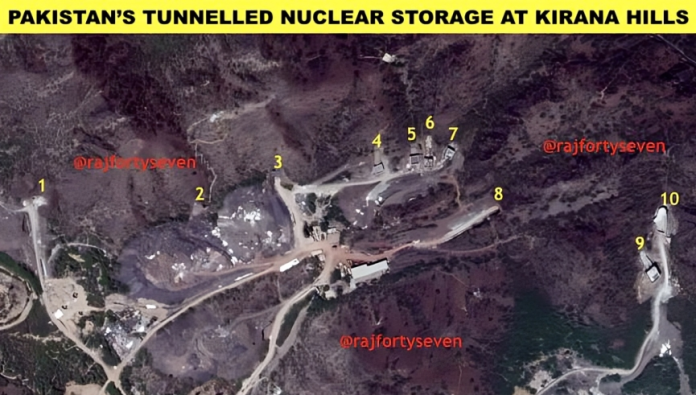The Territorial Army Officer Notification 2025 has been released, presenting a remarkable opportunity for both men and women to secure officer positions in the Territorial Army. With a total of 19 vacancies available, this recruitment drive aims to attract motivated individuals who are eager to contribute to the nation’s defense forces. In this comprehensive guide, we will walk you through all the essential details regarding the Territorial Army Officer Notification 2025, including eligibility criteria, selection process, exam pattern, and more. So, let’s dive in and explore the path to serving the nation.
Important Details
| Parameter | Details |
|---|---|
| Organization | Territorial Army of India |
| Exam Name | Territorial Army Officer Recruitment 2025 |
| Vacancies | Total: 19 (Male: 18, Female: 1) |
| Level of Exam | National |
| Application Mode | Online |
| Selection Method | Written Test followed by SSB |
| Online Application Start Date | 12th May 2025 |
| Deadline for Application | 10th June 2025 |
| Examination Date | 20th July 2025 (Tentative) |
| Application Fee | Rs.500 |
| TA Exam eBooks | Download Here |
| SSB Interview Books | Order Here |
| SSB Interview Coaching | Join Here |
| Official Portal | www.indianarmy.nic.in OR LINK |
| Notification | Read Here |

Eligibility Criteria
To be eligible for the Territorial Army Officer Recruitment 2025, candidates must fulfill certain criteria, including nationality, age limits, educational qualifications, physical standards, and employment status. Let’s take a closer look at each of these criteria:
Nationality
Only citizens of India, both male and female, are eligible to apply for the Territorial Army Officer Recruitment.
Age Limits
Candidates must be between 18 to 42 years of age as of the last day of filing the application, i.e., 10th June 2025. The minimum age requirement is 18 years, and the maximum age limit is 42 years.
Educational Qualifications
Candidates must hold a graduate degree from a recognized university to be eligible for the Territorial Army Officer Recruitment.
Physical Standards
Candidates must meet the specified physical and medical fitness standards set by the Territorial Army. These standards include aspects such as height, weight, vision, and overall fitness.
Employment Status
Candidates must be gainfully employed or self-employed. This includes individuals with stable, full-time employment or those running their own businesses. However, serving members of the Regular Army/Navy/Air Force/Police/GREF/Para Military and similar forces are not eligible for the Territorial Army Officer Recruitment.
Application Process
Candidates are to apply online using the site www.indianarmy.nic.in or by this LINK
Brief instructions for filling up the application form are provided there as IAF (TA)-9 (Revised) Part-1.
Officer Selection Process
The selection process for the Territorial Army Officer Recruitment 2025 consists of multiple stages designed to assess candidates’ suitability for officer positions. Here is an overview of the selection process:
Stage 1: Computer Based Test (CBT)
Candidates who meet the eligibility criteria and successfully submit their applications will go through the CBT process. The written test evaluates candidates’ knowledge in various subjects.
Stage 2: Service Selection Board (SSB)
Candidates who qualify in the CBT will proceed to the Service Selection Board (SSB) for further evaluation. The SSB process assesses candidates’ intelligence, aptitude, leadership qualities, and other essential attributes through a series of tests, including psychological tests, group discussions, and personal interviews.
Stage 3: Medical Test
Candidates who successfully clear the SSB stage will undergo a thorough medical examination to ensure they meet the required physical and medical standards set by the Territorial Army.
Stage 4: Merit List
The final selection of candidates will be based on their performance in all the stages of the selection process, and vacancies will be filled in the order of merit. Merit is based on the CBT Marks and SSB Marks.
Exam Pattern
The Territorial Army Officer Recruitment 2025 exam consists of a computer-based test (CBT) that evaluates candidates’ knowledge and aptitude. The exam pattern is designed to assess candidates’ reasoning abilities, mathematical proficiency, general knowledge, and English language skills. Here is the complete exam pattern for the Territorial Army Officer Recruitment 2025:
Paper Duration: One session of 2 hours.
Type of Exam:Computer based test (CBT).
Penalty for Wrong Answers: For each question for which a wrong answer has been given by the candidate,onethird (0.33%) marks assigned to that question will be deducted as penalty. Question marked for review will be treated as unanswered.
| Part | Subject | Number of Questions | Marks Allotted |
|---|---|---|---|
| Part 1 | Reasoning | 25 | 25 |
| Part 2 | Elementary Mathematics | 25 | 25 |
| Part 3 | General Knowledge | 25 | 25 |
| Part 4 | English | 25 | 25 |
| Total | 100 | 100 |
The exam is conducted in a computer-based format, and candidates are provided with a specific time limit to complete each section. It is essential to familiarize yourself with the exam pattern and syllabus to prepare effectively for the Territorial Army Officer Recruitment exam.
Training & Service
The service includes a mandatory Pre-Commission Training period of 6 months, followed by Annual Training of 2 months every year.
It is a part-time role, with no guaranteed pension, and is subject to embodiment.
The individual is commissioned at the rank of Lieutenant, with promotions available through a time scale basis up to Lieutenant Colonel, and through selection for the ranks of Colonel and Brigadier.
Salary And Benefits
As an officer in the Territorial Army, you will receive a handsome salary along with various benefits. The salary structure for Territorial Army officers is as follows:
| Rank | Level | Pay Matrix | Military Service Pay |
|---|---|---|---|
| Lieutenant | Level 10 | 56,100 – 1,77,500 | 15,500/- |
| Captain | Level 10A | 61,300 – 1,93,900 | 15,500/- |
| Major | Level 11 | 69,400 – 2,07,200 | 15,500/- |
| Lt Colonel | Level 12A | 1,21,200 – 2,12,400 | 15,500/- |
| Colonel | Level 13 | 1,30,600 – 2,15,900 | 15,500/- |
| Brigadier | Level 13A | 1,39,600 – 2,17,600 | 15,500/- |
In addition to the salary, Territorial Army officers are entitled to various allowances, including Dearness Allowance, House Rent Allowance, Transport Allowance, and more. They also receive benefits like medical facilities, pension, and opportunities for professional growth and promotions.
Helpdesk
Objection Management is available on website www.jointerritorialarmy.gov.in. for 3 days after the exam through the registered email.
In case of any guidance/ Information/ clarification regarding their applications, candidature etc, candidates can contact to the Directorate General of Territorial Army General Staff Branch, IHQ of MoD (Army), A Block 4th Floor, Defence Office Complex KG Marg New Delhi-110001 Call on Queries Related to:- Territorial Army Officer: 011-21411121, 011-23094365.
For any assistance, the Helpdesk contact information is provided on the official website during the application window.
Conclusion
The Territorial Army Officer Recruitment 2025 presents a remarkable opportunity for individuals to serve the nation as officers while pursuing their primary professions. With a systematic and focused approach to preparation, you can excel in the recruitment process and embark on a fulfilling journey of serving the nation. Remember, the path to becoming a Territorial Army officer requires dedication, perseverance, and a strong desire to contribute to the defense forces. So, gear up, prepare diligently, and make a significant impact by joining the ranks of the Territorial Army.

